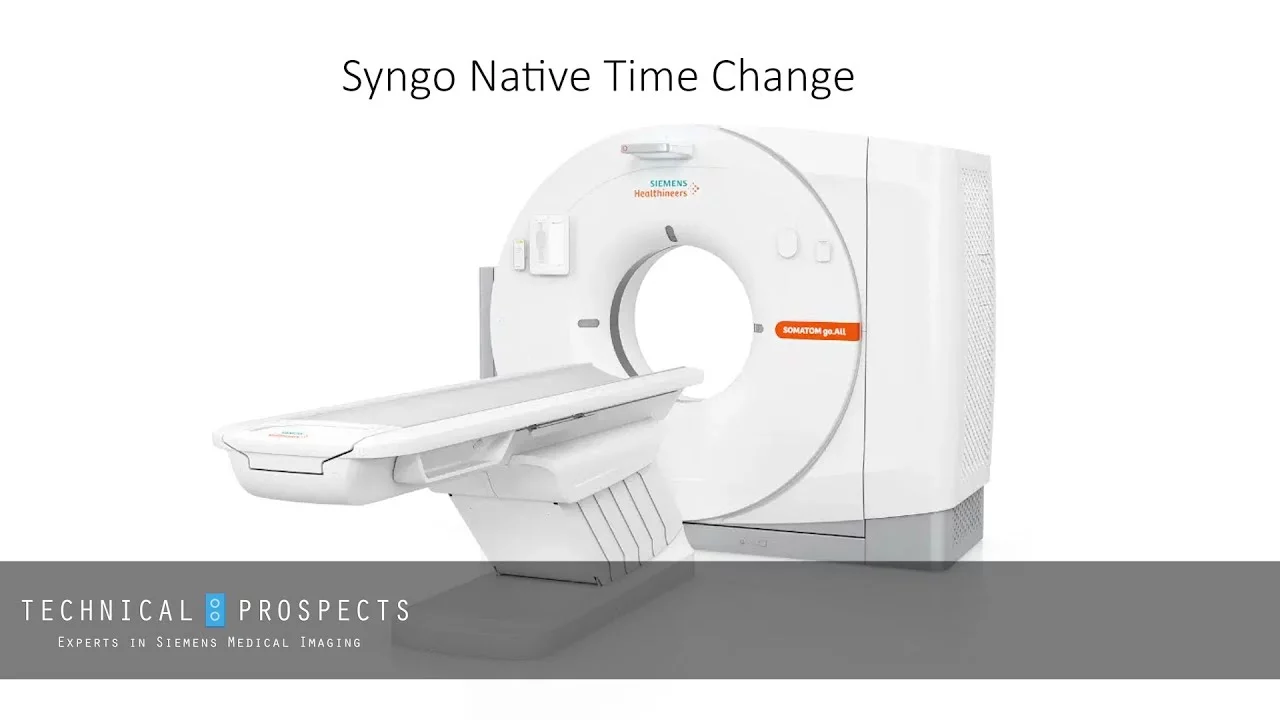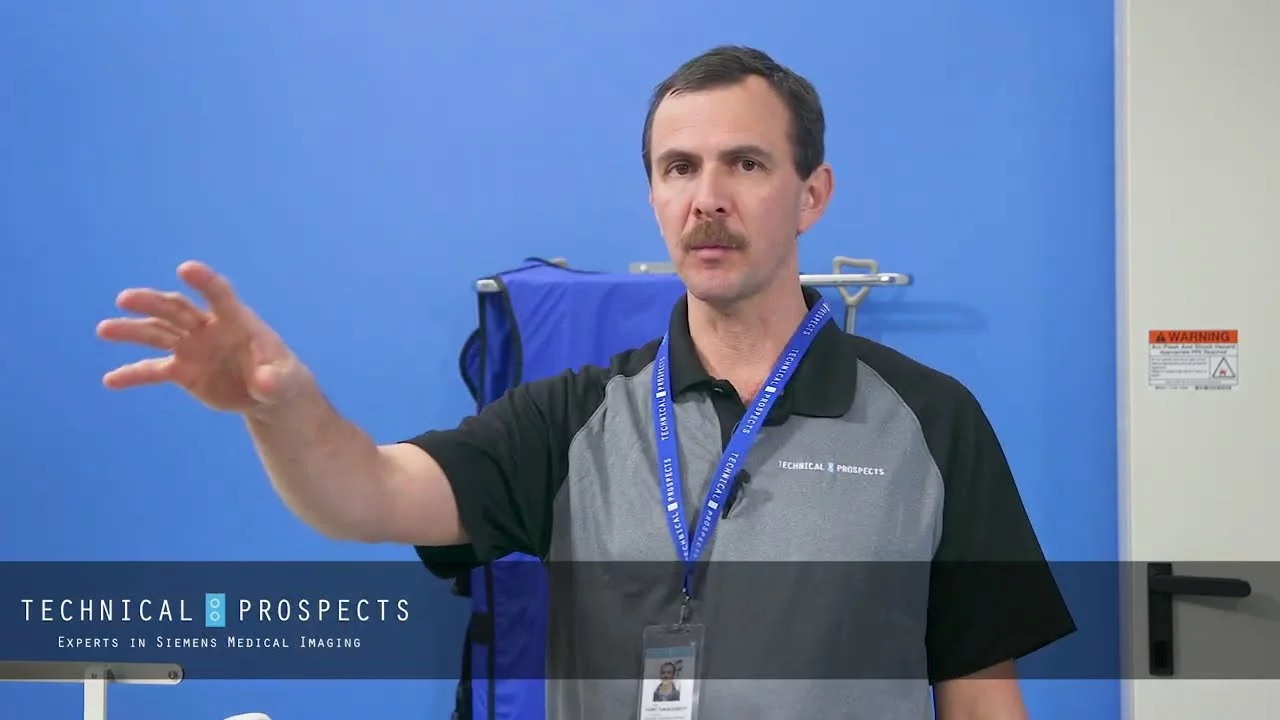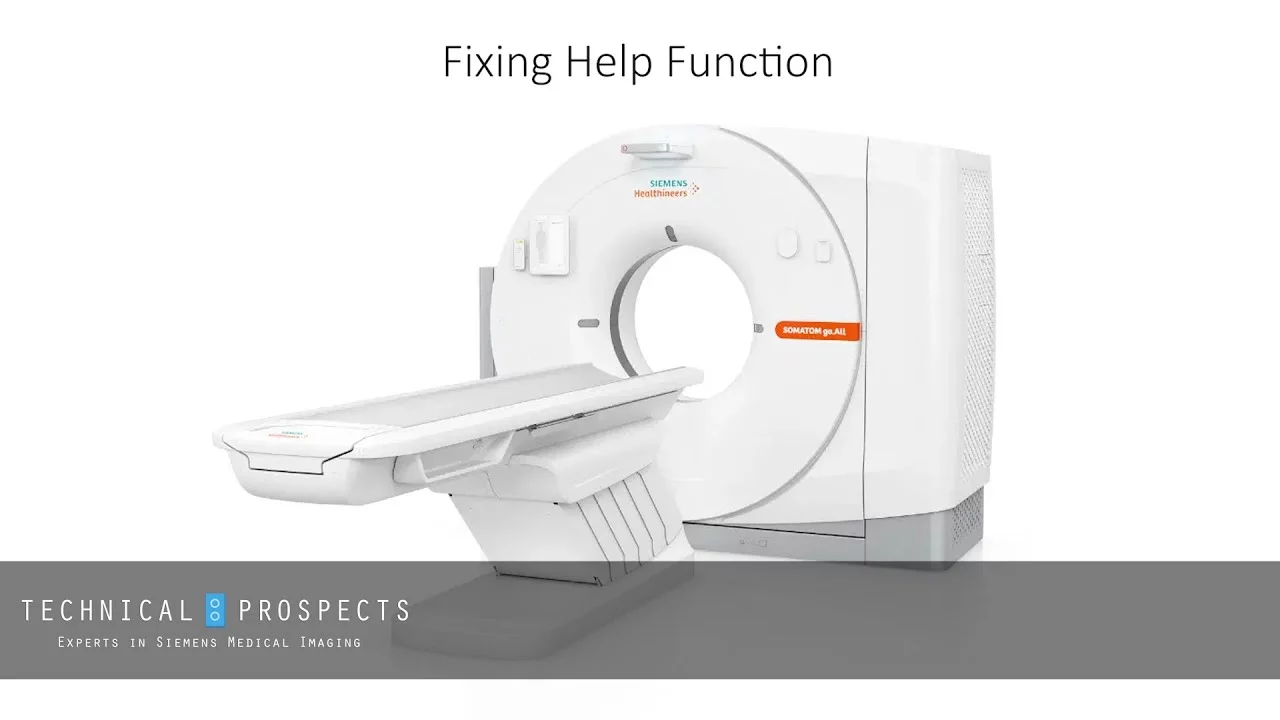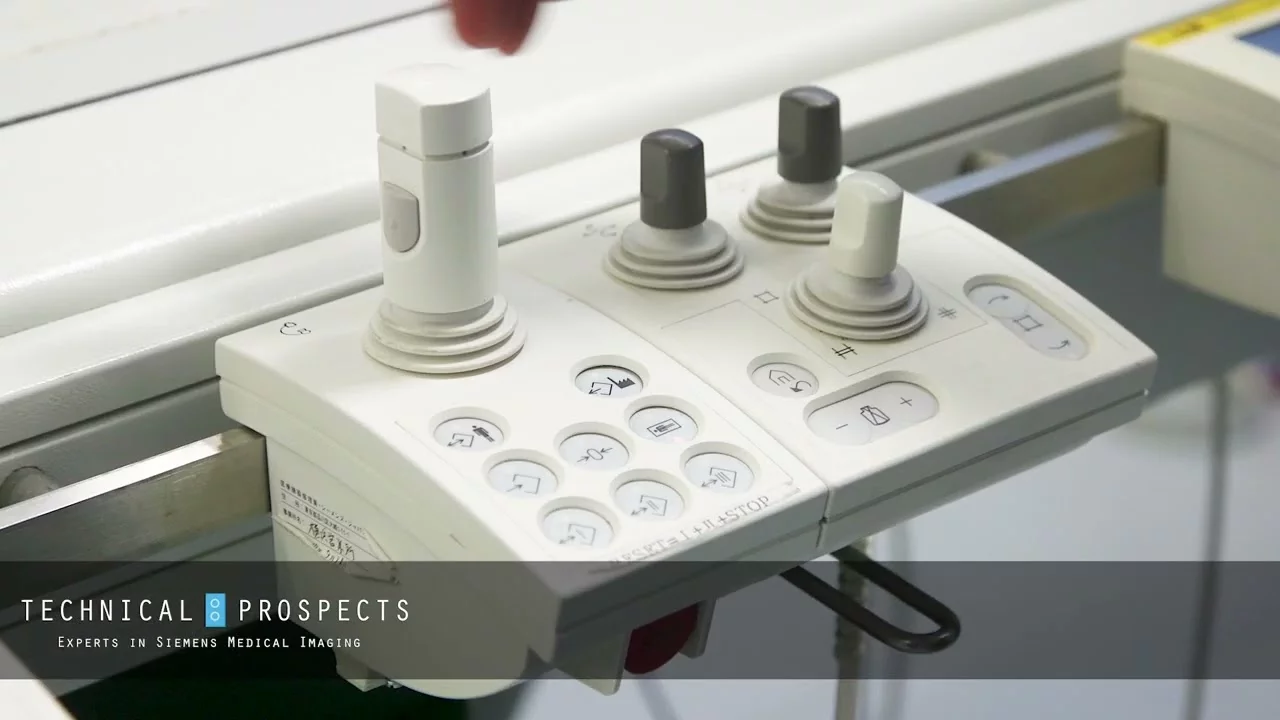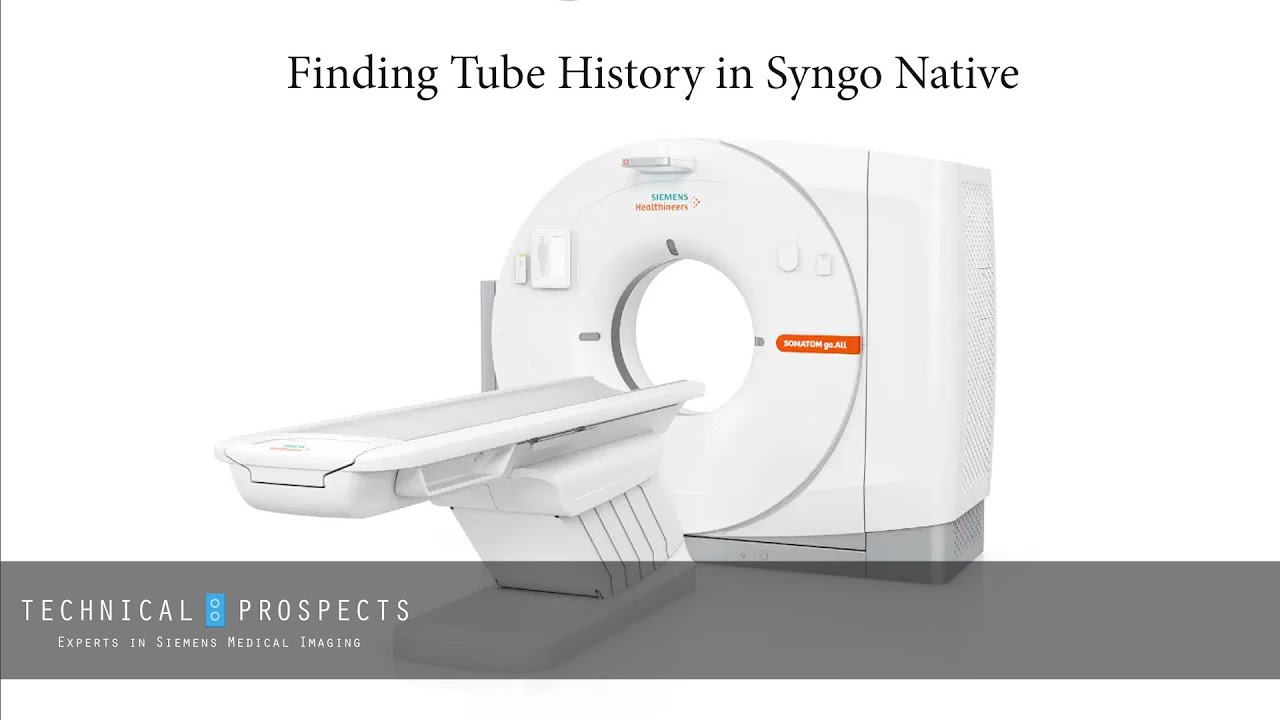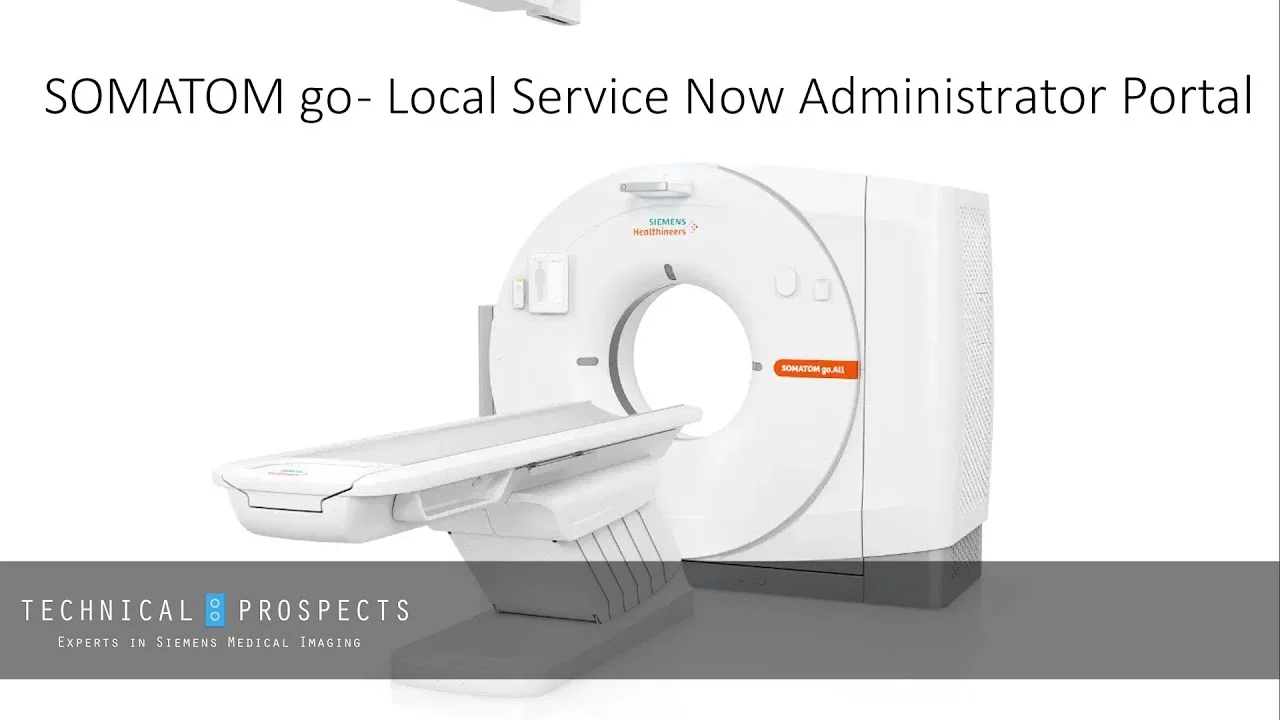Due to the importance of an MRI machine’s usage, as well as all of its associated costs, an MRI’s “vital signs” should be regularly monitored to make sure every component is running smoothly.
In a sense, an MRI’s magnet is like the heart of the machine. So, what should medical imaging engineers be doing to make sure the magnet is functioning as expected? There’s more to it than just checking the magnet itself.
Keeping a cool system
The cold head is one of the vital assemblies in the magnet system’s cooling circuit, so for starters, be sure this is working correctly. While servicing the machine, listen for any changes in the pitch or frequency of the sound of the cold head – a warning sign. Inefficient cold head functionality will cause the magnet pressure to rise, resulting in helium loss, which can be costly, especially when it’s an unexpected refill. Poor cold head functionality can also spike radio frequency (RF) noise, resulting in image artifacts.
From there, check the dynamic and static pressure of the magnet refrigeration (MREF). Anything out-of-spec could cause inefficient cold head operation, resulting in helium loss. Be sure to check the magnet cooling status during an inspection of the MREF, and always check or clean the primary and secondary water filter/strainer during every preventive maintenance interval. A clogged filter/strainer can result in low or sporadic chilled water flow resulting in the MREF compressor overheating and possibly failing.
Magnets and helium
The main reason to monitor magnet health is to ensure there is no loss of helium. Magnet helium fill costs have increased dramatically due to an ongoing and increasing global supply shortage, so it is essential to keep unexpected fills from happening. Furthermore, scanning must stop if the helium level falls below the normal operating level. If not, there’s a risk of a quench occurring or having to do multiple patient scans because of image artifacts.
The downside of downtime
Downtime affects the patients, who must reschedule for what could be a crucial diagnosis or for a continued patient treatment program. Unfortunately, when there is downtime, some patients will need to find another facility. Downtime also raises operating costs as it affects the facility, physicians, and radiology personnel’s work schedules. Physicians and other staff might transfer to different locations because of too much downtime affecting their schedules. Worse still, while waiting for a new helium supply, the system and chiller must remain active on the MRI, so operation costs will continue.
Maintaining an MRI’s “vital signs” is important to create a plan around. Proactive and regular inspections can make the difference between things running smoothly or having the unfortunate experience of patient disruption and unnecessary costs.
If you are looking for some on-the-spot guidance with your MRI maintenance, DirectMed Imaging provides free, 24-hour technical support on Siemens imaging equipment, even if you’ve never ordered anything from us. Our team includes many experienced imaging engineers who understand the work you do. Contact us today. We’re here to help.



